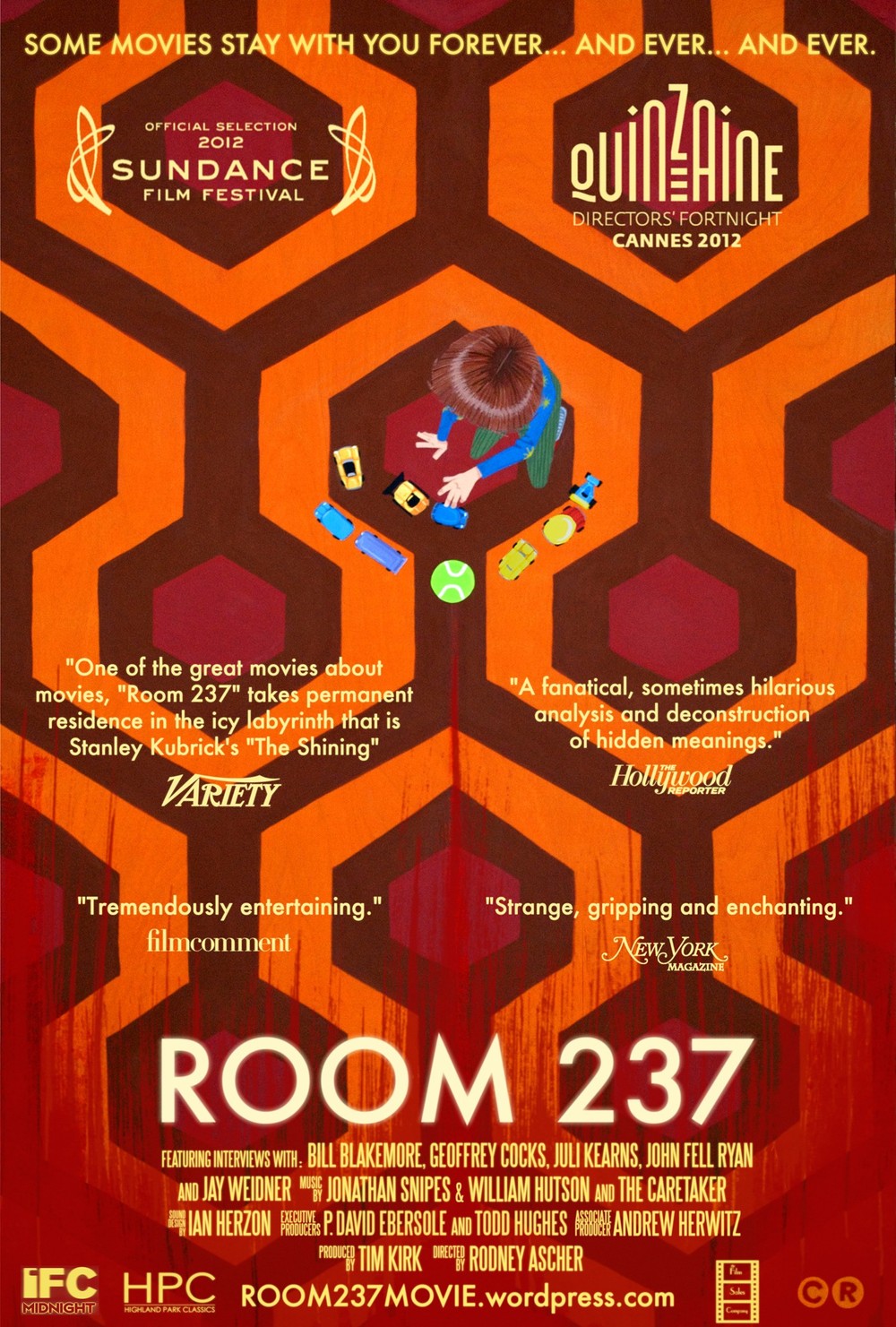
It features the return of David Howard Thornton and Samantha Scaffidi, who respectively portrayed Art the Clown and Victoria Heyes in the first film, and stars Lauren LaVera, Elliott Fullam, Sarah Voigt, Kailey Hyman, and Casey Hartnett. It is a sequel to Terrifier (2016), and is the third feature-length film to feature Art the Clown. Scarface lives on.Terrifier 2 is a 2022 American slasher film written, directed, edited, and produced by Damien Leone. It also means our sticky student walls are likely to remain safe. A brave new world – one ripe for a new level of visual inventiveness.

This means we’re entering Minority Report territory, where digital posters will start analysing passers-by in order to customise their message and use mobile-phone data to bombard you with promotional material.
#MOVIE POSTERS FOR MEDIA ROOM MOVIE#
So a lot more ‘posters’ will probably be short movie trailers or animations rather than static images, and they’re likely to be tailored to the types of people who are most likely to walk by them.” “That means moving images, interactivity and designs that are more targeted to the people nearby. “Outdoor advertising isn’t becoming less important, but what is changing is that more digital poster sites are being installed,” says Barnett. If you’ve spent any time on the London underground in the past few years, you’ll be aware of the advent of this move. There’s also a shift in how posters are displayed by studios and consumed by the public. Artists such as Olly Moss and Brandon Schaefer have been recruited to bring much-needed style to a generic landscape. It’s a rapidly expanding market and some studios have even been smart enough to collaborate with designers whose work makes a concerted effort to buck the trend. Firstly, the staid nature of the medium has led to an increase in independent designers creating alternative artwork, distributing it online and often selling physical copies. As you can imagine, these requirements can quickly pile up and limit where the final poster can go, creatively.”īut while most posters are stuck in a rut, there is a glimmer of hope – and an important change underway. For example, if actor A is on the poster, actor B must also appear, but no larger than 75% of A.
#MOVIE POSTERS FOR MEDIA ROOM SERIES#
Sometimes, an actor’s presence on a poster can trigger a series of other requirements. “Elements like the billing block and actor credits must be sized in relation to the film’s title. “I think it’s all of the aforementioned conflicts between the involved parties, and the legal requirements placed upon most posters,” he says. Griendling has sat on such committees before, but when it comes to placing blame for the blandness, he points his finger at the whole industry. Like anything designed by a committee, these competing perspectives often steer the final product to a ‘safe’ solution.” “Directors want something that represents their work as they see it, marketing teams want something that will attract an audience, the producer is often stuck between the two, and the designer is trying to reconcile these opinions through their own voice.

“The task of boiling an entire film down to a single image is difficult in and of itself, made more so by the various interests of everyone involved,” says Alex Griendling, a designer who has worked for studios on posters for Angels and Demons and Watchmen. The modern film poster, then, is the victim of a desperate tug-of-war, and the result of a murky cocktail of contractual obligations (lead actor’s name must be at certain font size), commercial needs (does this poster appeal to ABC1 males?), limited options (stars reassembling for a poster shoot isn’t always viable) and protracted conference calls to LA with 20 women called Melissa. It conveys an attitude of quirky confidence, which market research shows kids respond to.” That’s why characters on Disney posters always have an annoying smirk and one raised eyebrow. “You would think the most effective way to do that is to create something memorable and striking, but most of the time, marketers will choose the low-risk option, which is to pick the one that market research tells you will appeal to the people most likely to watch your film.

“Obviously, the main purpose of a movie poster is not to be art but to maximise box-office revenues,” says Michael Barnett, print editor of Marketing Week. Beloved of students everywhere … the classic Scarface poster.īad posters are not part of a new trend, but there’s a boring uniformity and a lackadaisical nothingness to the majority that have been spewed out in the past 12 months, with independent designs becoming a rarity.


 0 kommentar(er)
0 kommentar(er)
